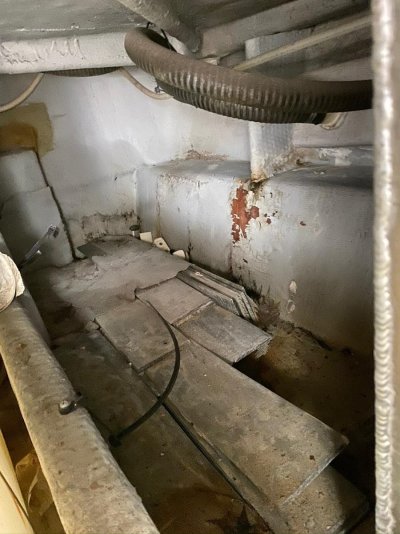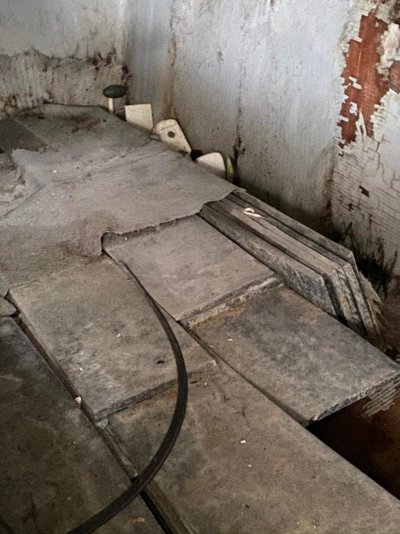Djoub
Veteran Member
So I was crawling around inside the boat today (1998 Mainship 350 Trawler) and came across this in the port aft bowels of the boat. Not easy to get into. Grabbed a piece and it bent like butter, I suspect it is lead and it was put there during construction for ballast to level the boat. Nothing on starboard side.
Over the years and modifications it seems most if the heavy stuff is still on the port side; Frig, Stove, HW tank, 2nd stateroom storage, batteries....
The boat currently lists to port 1-2 degrees. My question is does anybody else have this in their boat/Trawler? And can I remove some of the plates and level my boat? Oh yeah is any of this toxic?
Over the years and modifications it seems most if the heavy stuff is still on the port side; Frig, Stove, HW tank, 2nd stateroom storage, batteries....
The boat currently lists to port 1-2 degrees. My question is does anybody else have this in their boat/Trawler? And can I remove some of the plates and level my boat? Oh yeah is any of this toxic?


